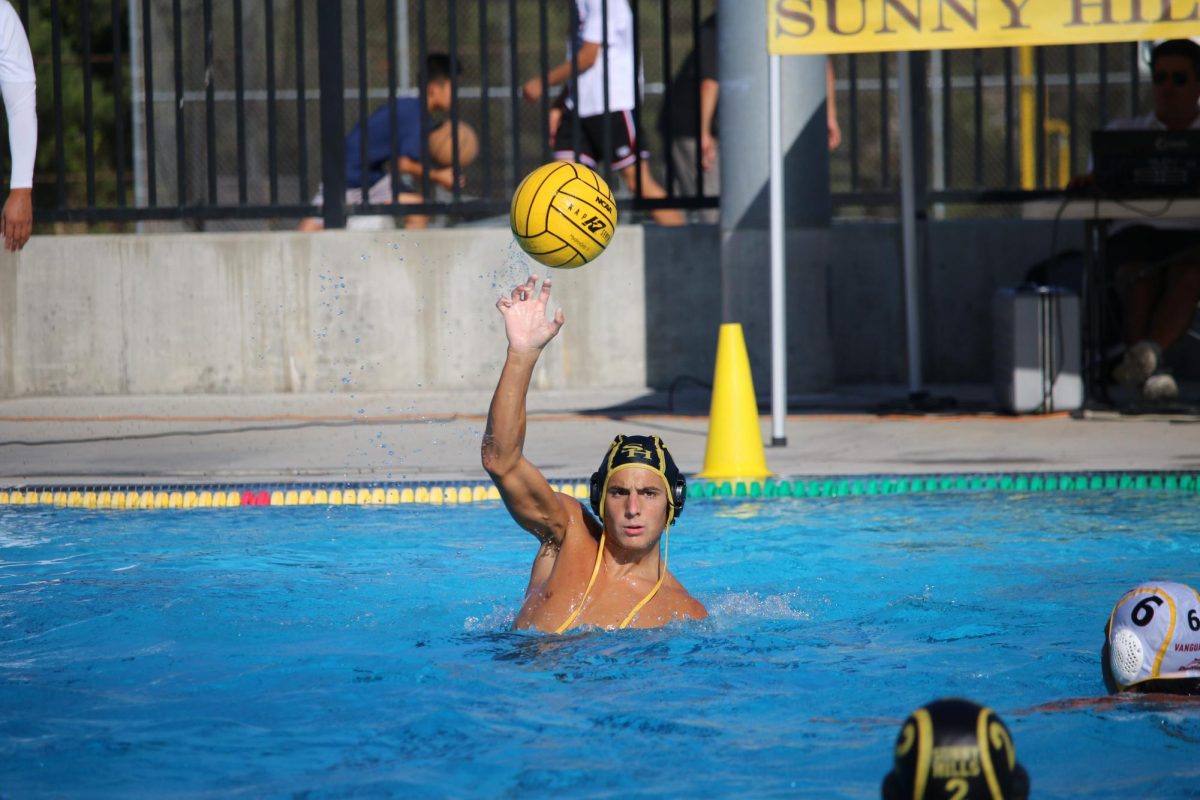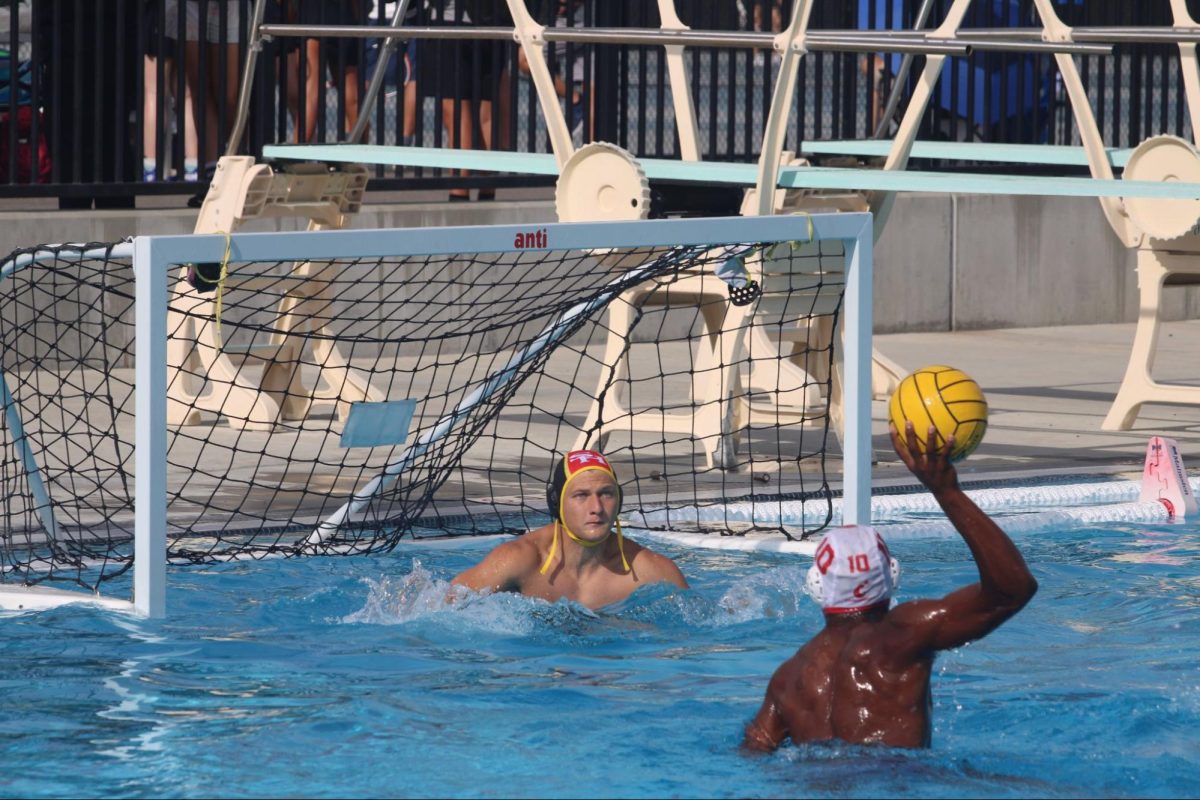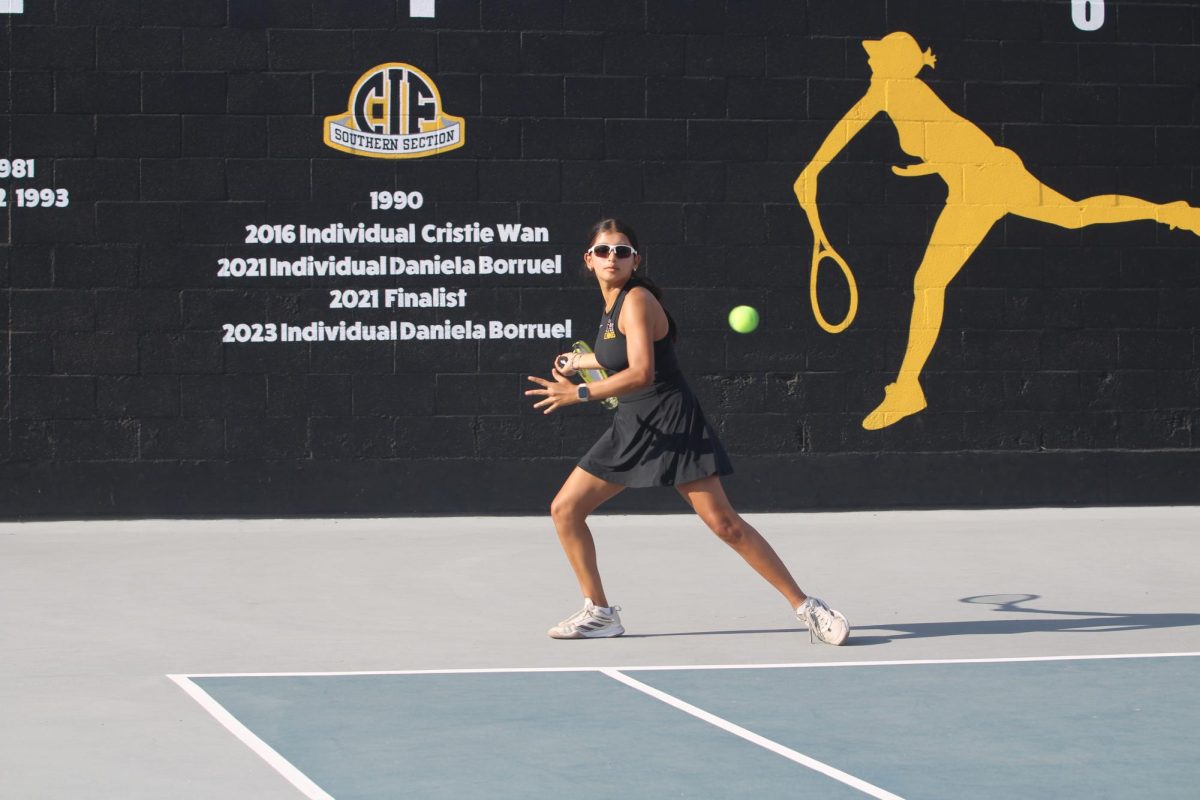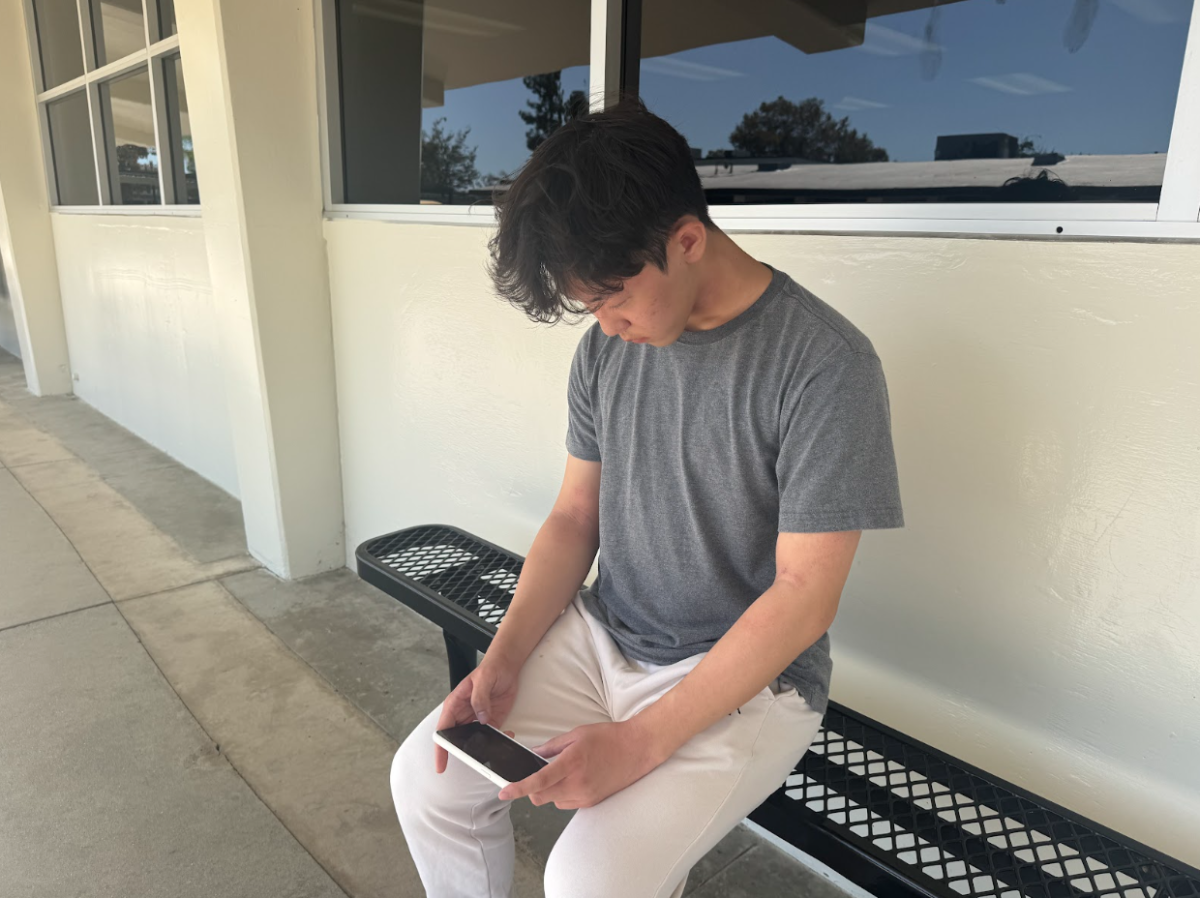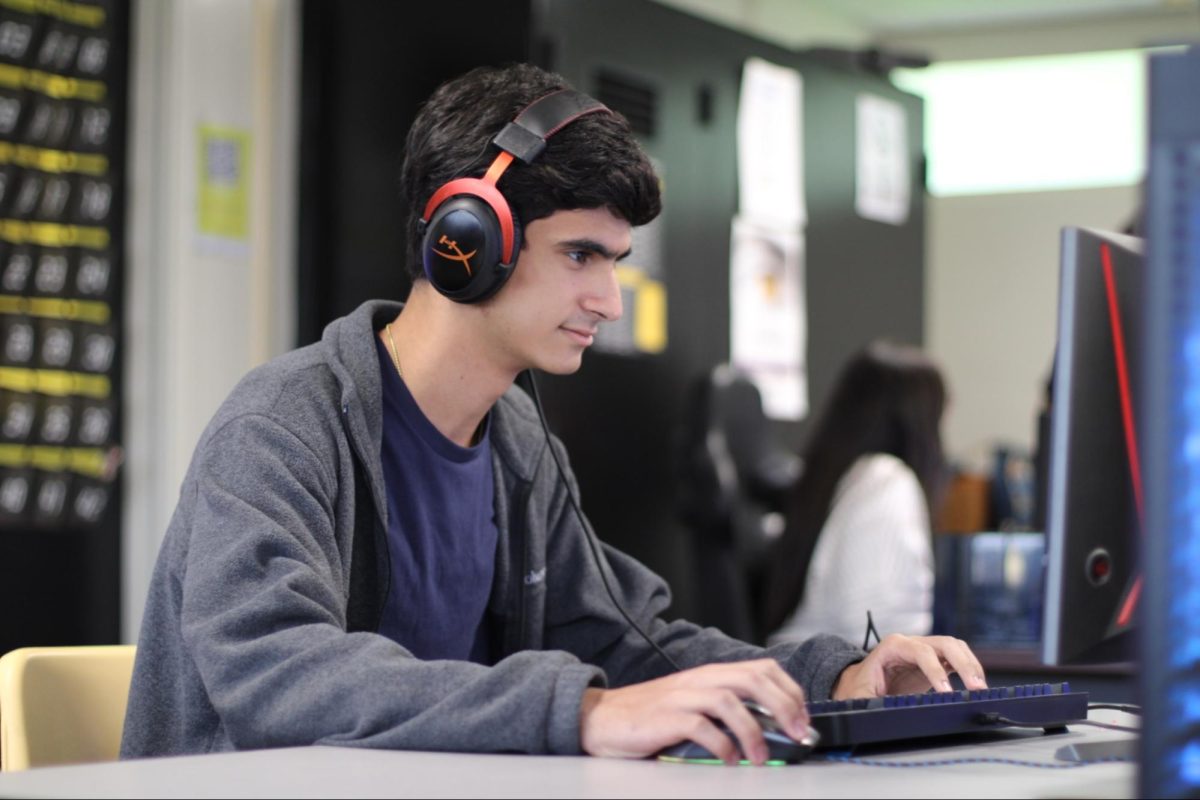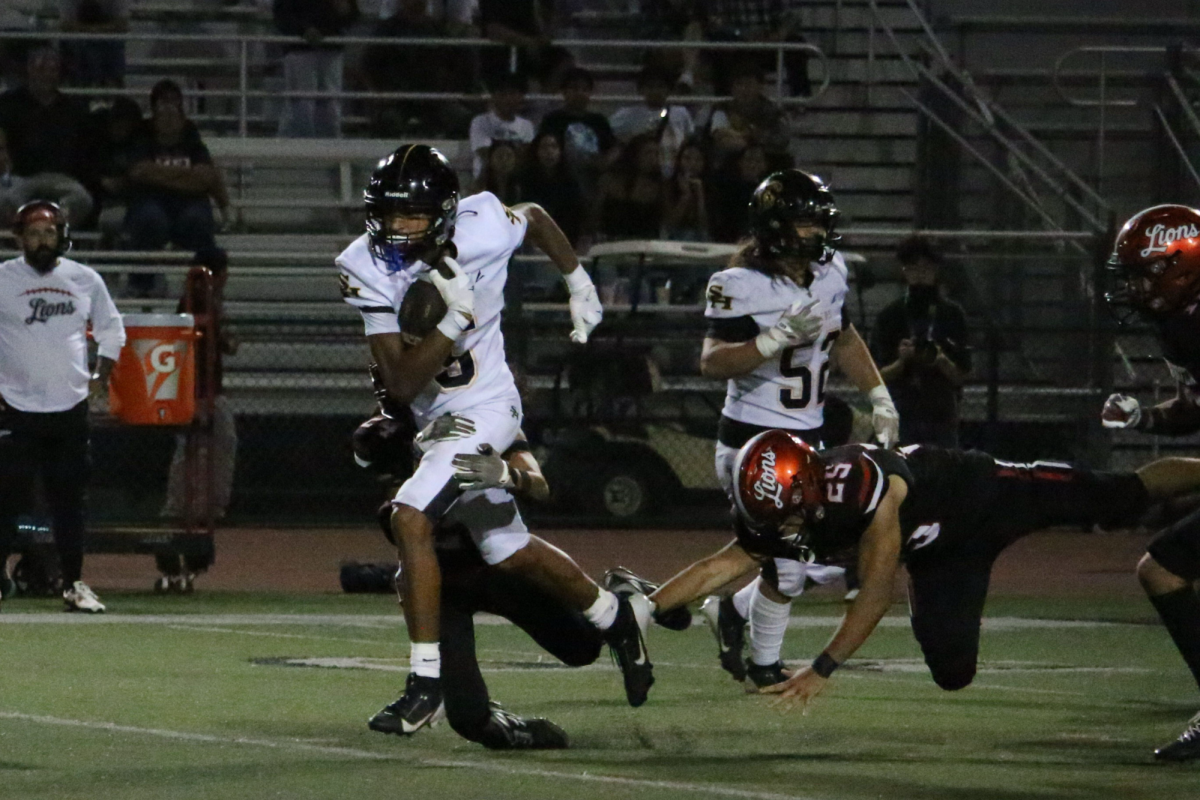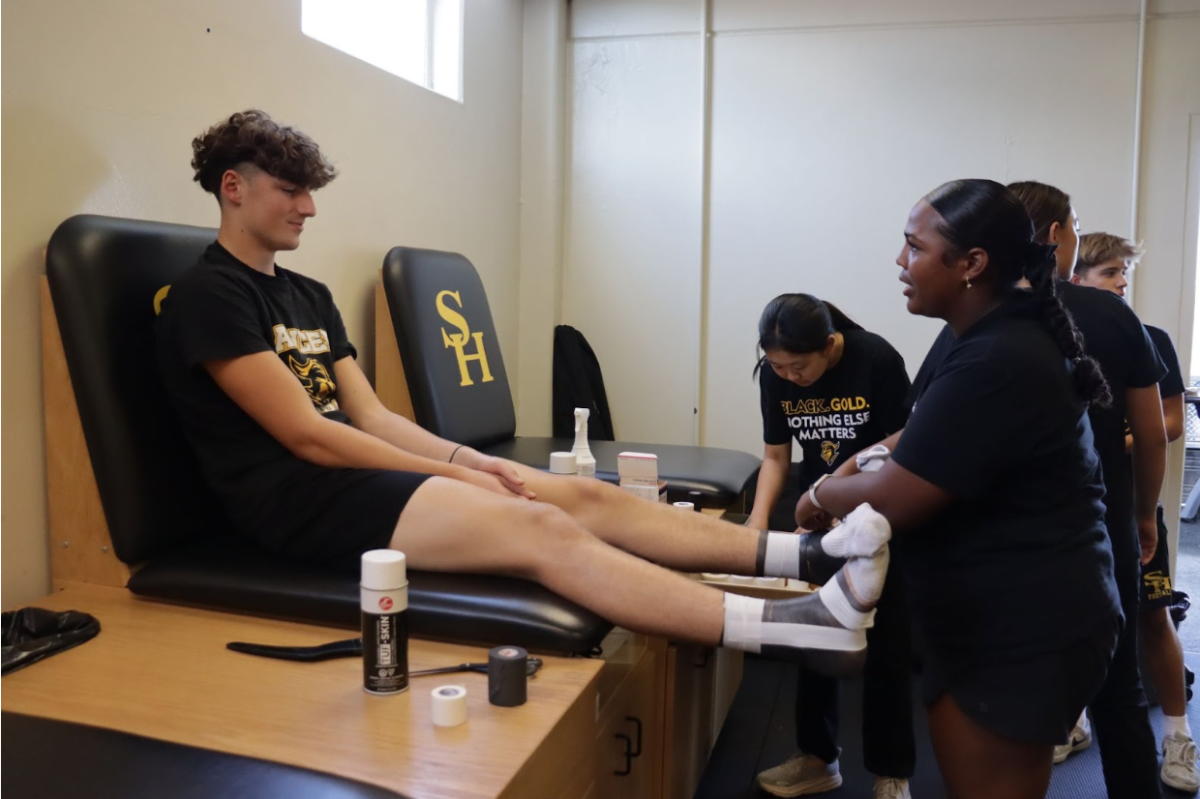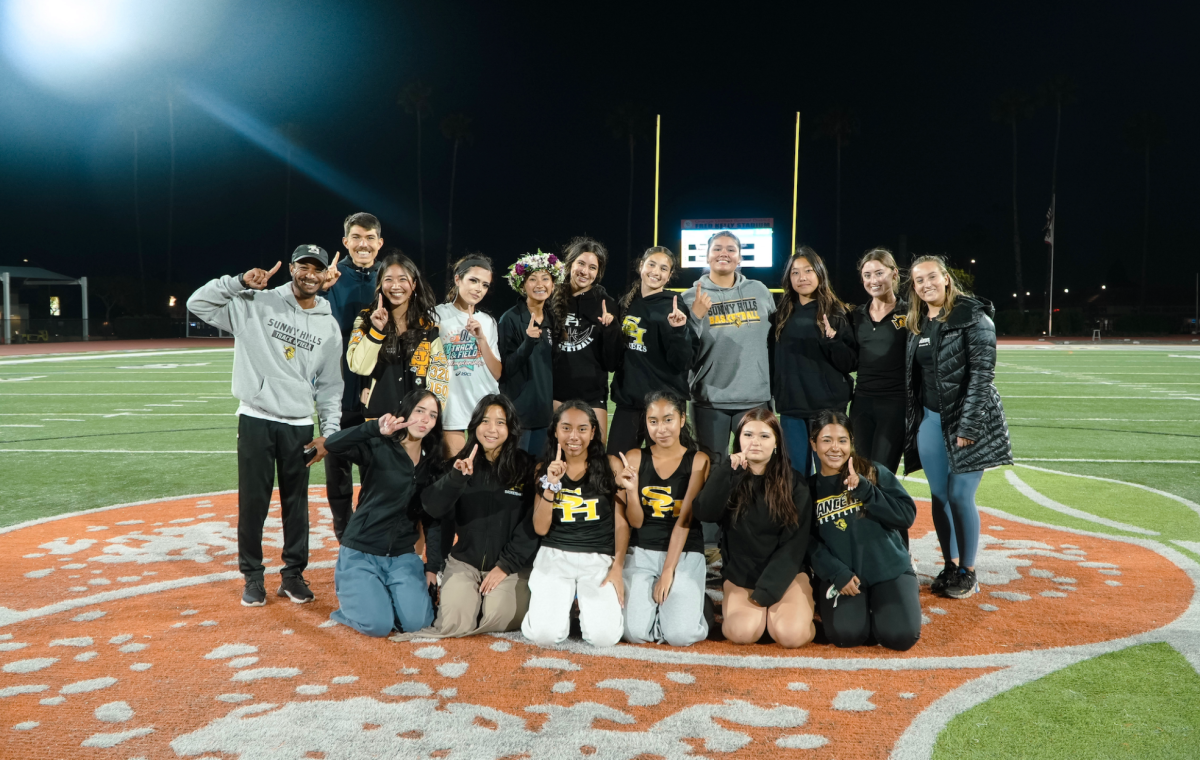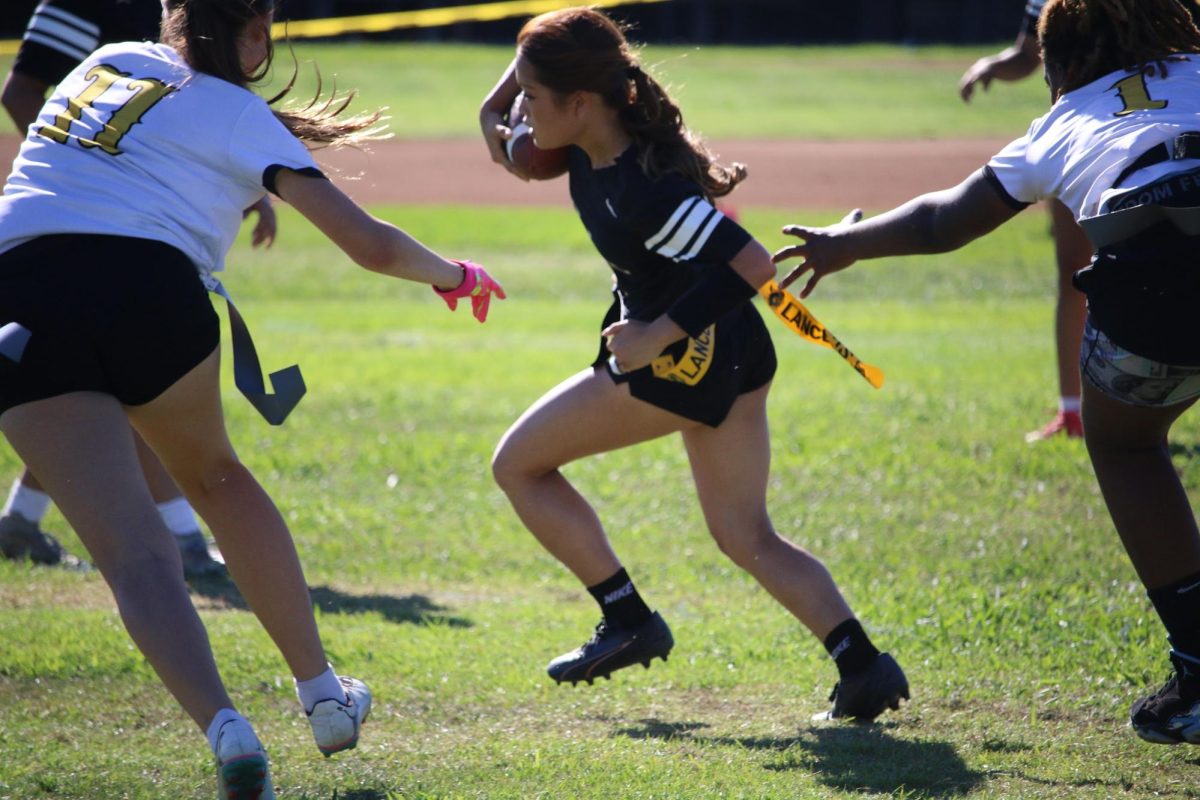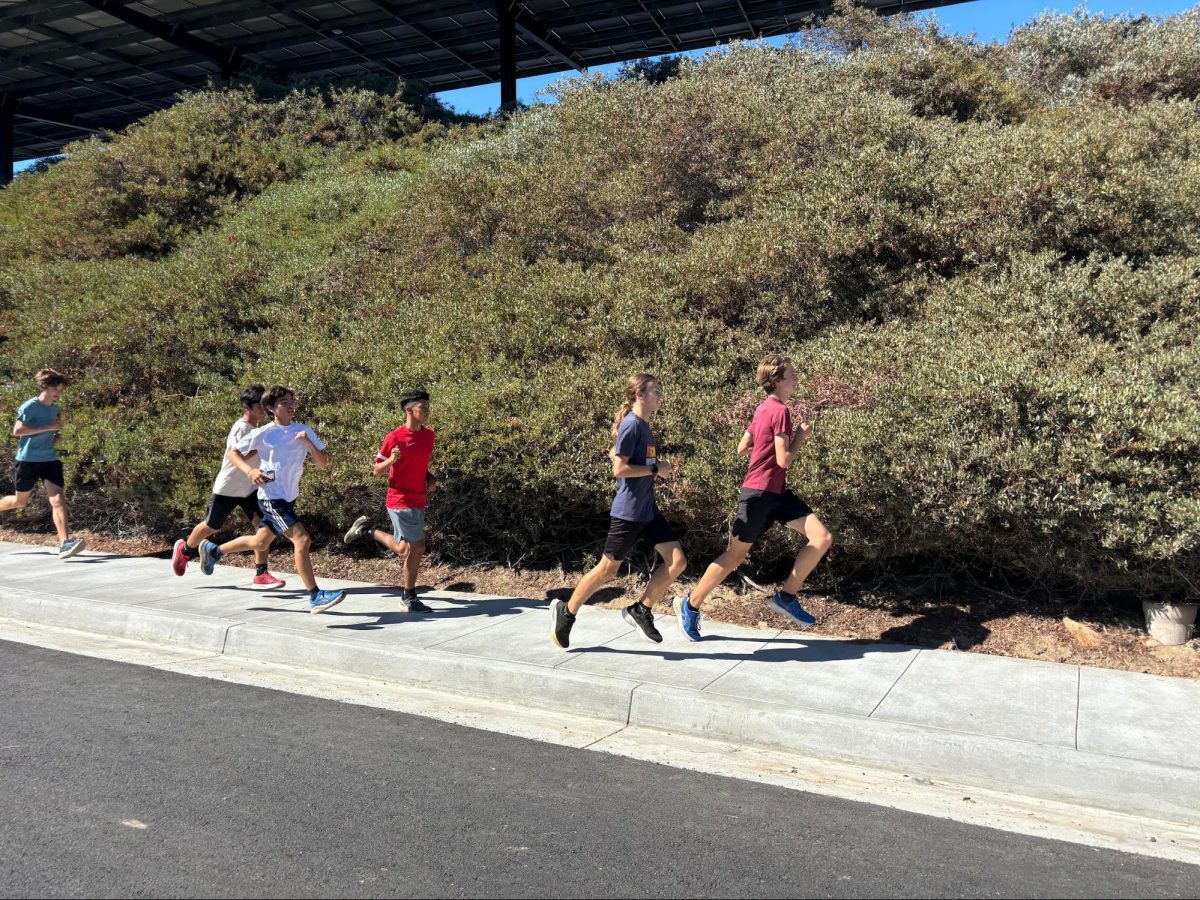“Ew, ew, ew, ew, ew.”
This two-letter phrase now repeats as a running joke between me and my friends over our time spent together on the cross country and track and field teams.
Every year, like clockwork, I run on the dirt track repeating this word as the gooey mud engulfs my running shoes. As much as we laugh about it now, my usage of the word stemmed from pure frustration and disgust over the fact that I was forced to run in the disgusting, slippery sludge during rainy seasons.
You might wonder, where is this mud coming from? It’s a culmination of the current dirt track, by the east parking lot, and the rain seeping into its surface.
Looking back, the first time I ever ran on an all-weather track was three years ago in the spring semester of my freshman year. Shocking, I know.
To a non-runner, it may not seem like a big deal. I mean, runners can run anywhere, right? Although that isn’t necessarily false, I personally think an all-weather track is very useful to have as a training tool. It provides a stable environment during speed workouts.
What’s so great about an all-weather track? Well, it’s a rubberized, artificial running surface that provides a constant space to practice in any weather condition. The difference between this and the current dirt track is the former proves way more reliable. It also allows us to simulate parts of a real race, like how it feels to run in spikes; which prepares us better for meets.
It is essential to train on an all-weather track, hence the name of my sport. While the lack of proper facilities didn’t affect me as heavily as those who were sprinters, as distance run on the roads due to the long mileage, I still felt the repercussions of the school’s inability to provide its athletes with adequate resources.
With the approval of Measure L, district officials say the new and improved track is finally set as the first upgrade our school will make to its campus, which should’ve happened ages ago. This conclusion arrives long overdue, and although I’m excited the process has begun, I hope the district will treat this as a priority and not leave the project to linger for over two years.
Transitioning from a dirt to an all-weather track is a great decision the district and its voters made. I’m hoping as this build begins, it will provide a great training facility for all the sports at Sunny Hills.

Despite competing on the cross country team during the fall semester, I remained deprived of the opportunity to practice on a real track, like the kind seen in the Olympics, until February 2022 during the track and field pre-season. However, I only got to practice at this facility once a week and even then I wasn’t guaranteed this opportunity every time.
Sometimes we would have to attend a second practice every week on Tuesdays, so we could use the Buena Park High School all-weather track in the evenings. As grateful as I was that we had the privilege to train on such a track once a week, it was frustrating Sunny Hills didn’t have one of its own for athletes to practice on.
As we only got to practice when our event coach was available in the evenings, I felt we weren’t set up to race to our best abilities due to the unstable schedule. I wished we could’ve gotten more experience with the feeling of a real track, as running on the road and dirt track is very different compared to running on a real one.
Many times not having a track at school has proven inconvenient to me, or gotten in the way of my training. For example, everytime it rains, the footprints from the previous day leave holes throughout the circumference of the track. The dips in the track are there for months at a time before the school levels it out.
I remember groaning during the one mile, or four laps around the track, warmups with my friends about how I had to swerve left and right instead of running in a straight line to avoid the oddly-shaped holes.
“Why don’t we have an actual track to practice on?” I asked time and time again, as we learned to acclimate ourselves to the hand we were dealt with.
During speed work, it often got in the way of efficiently finishing each lap, since I had to be wary to not roll my ankles. For some reason, I have the tendency to roll my ankles when simply walking, so trust me, I did everything I could to avoid the inevitable fate that lay waiting for me in the form of a simple hole. Unfortunately, I have rolled more ankles than I can count because of this issue.
It is not only annoying but a huge safety issue. Since runners mainly rely on one tool, their bodies, it’s extremely important we make sure not to injure ourselves: that will prevent us from training and slow us down immensely. So for such an avoidable hazard to rest on our training ground is very frustrating.
The slipperiness from the wet surface is also a big safety issue. Looking back, I have almost fallen in the sludge many times.
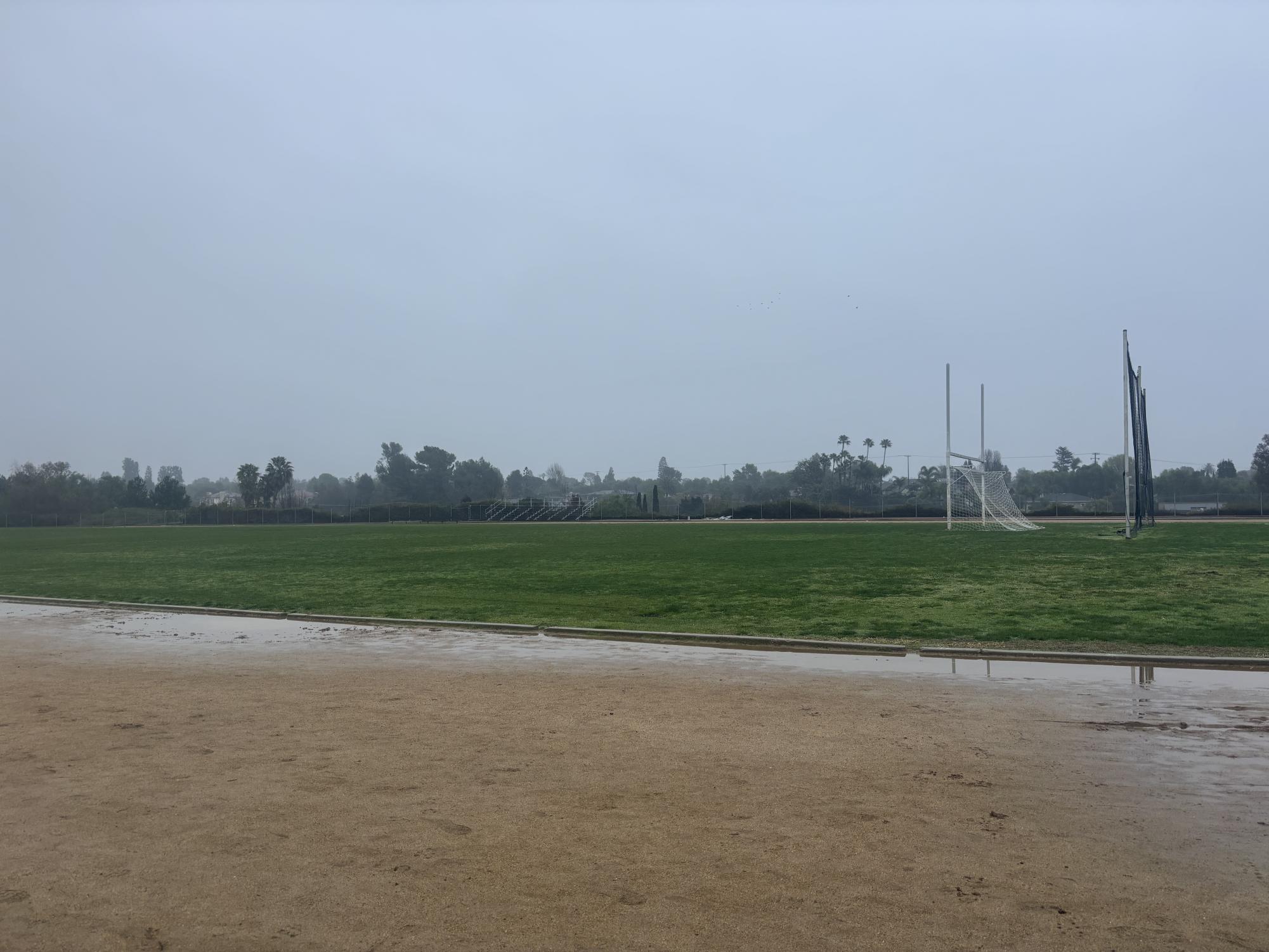
The muddy track also got in the way of our warmups and cooldowns during my freshman and sophomore years. Sometimes we would have to run different routes or just tough it out and run on the slippery surface. Although long distance running comes with these challenges, I never enjoyed the cold mud seeping through my fabric shoes and replacing its vibrant, blue color for a dark, murky brown.
Another problem I have with the lack of proper facilities is that when I first purchased my spikes, a special type of shoe worn on an all-weather track that provides extra grip to propel forward, I didn’t get an opportunity to try them out before my first meet. This led to a lot of anxiousness about how the shoe was going to feel and how it would impact my race.
Experts recommend wearing spikes at least once prior to racing and running around in them to get used to the feeling, especially since they aren’t fitted like normal running shoes. However, because we didn’t always have access to a track, I wasn’t able to try them out until I ran my first 1600 meter race.
To me this created a huge problem. I was expected to run my first high school race, without even knowing how I’d feel in my new spikes. Because Buena Park practices weren’t held for my event in between the time I purchased my spikes to my first race, a whirlwind of anxiousness surrounded the moments leading up to the gunshot to commence the race.
If I was able to train on an all-weather track right now, I wouldn’t have to stay conscious of running on the track as I do now or worry about getting my shoes muddy. I can get used to the feeling of the track prior to competing which would set me up for success.
While talking to my track and field coach, Jacob Holloway, he mentioned, “if all things go well, I would say [the process is] 18 months, but it can probably range anywhere between 14 to 24 [months].” He continued by saying procuring the funds alone could take up to a year.
Being totally honest, for selfish reasons I want the process to be expedited so I can have the chance to run on a real track before I graduate from Sunny Hills. Although it might not seem like a big deal, it sucks that I can’t experience the delight the new facility will bring, especially after dedicating the last three years of my life to these sports. Despite the bitterness I might hold to the unfortunate timing of this situation, I’m really glad it’ll benefit the next generation and I think it’s a great addition to our campus.
Some athletes may wonder, how about a second gym? Their frustrations over having to schedule early-morning and late-night practices to accommodate different sports’ schedules is valid. If I relied on a gym as my training facility, my argument would sound very different than what it is right now.
However, a second gym is almost three times more expensive than an all-weather track and turf field. Because this money comes directly from the communities’ pockets, I doubt many residents would feel eager to devote that much money. It can also take longer to erect a whole, new building than to install new materials for the track and field.
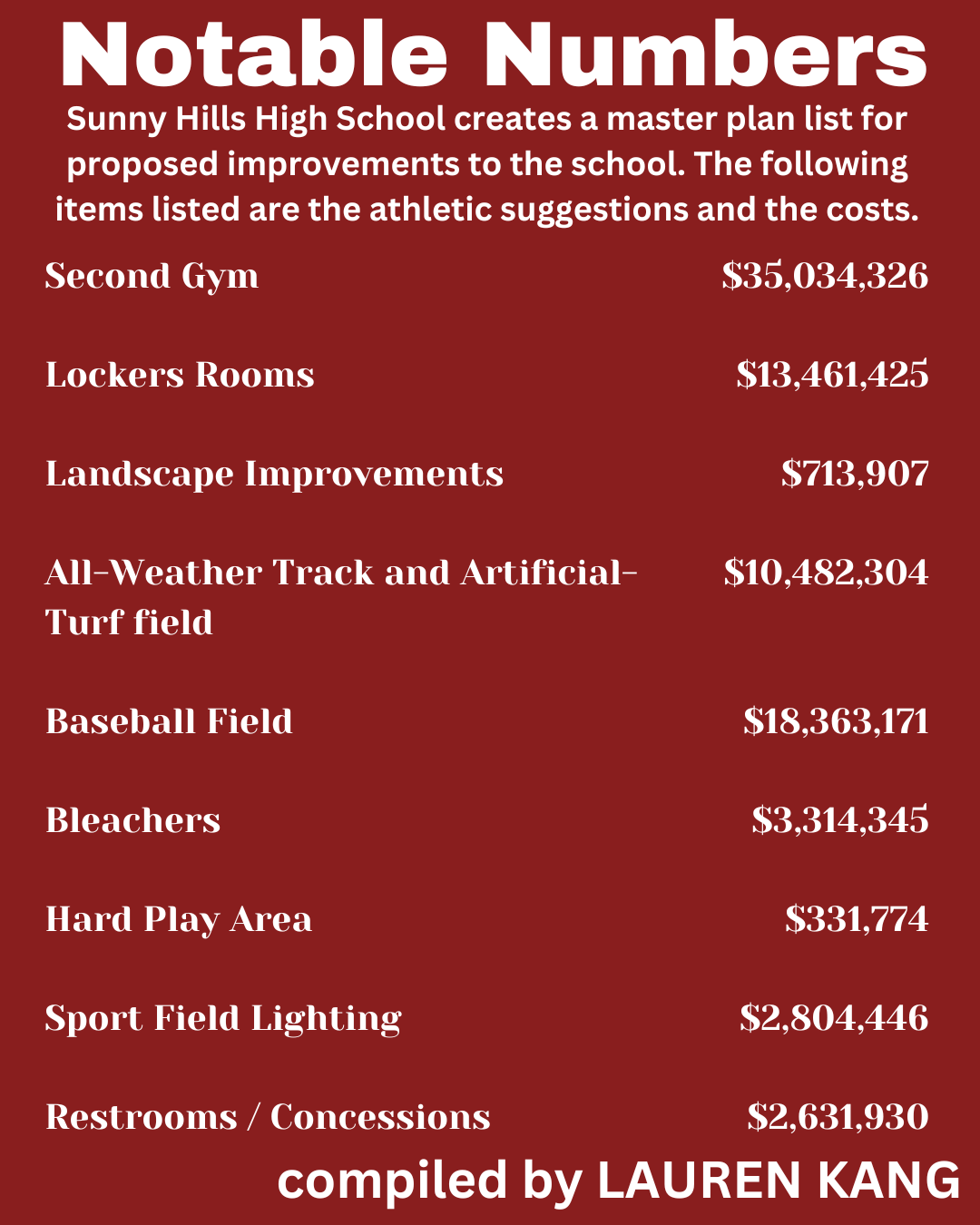
Also, only two sports to my knowledge rely on a gym: basketball and volleyball. Not to say these sports aren’t as important as outside sports, but so many more athletes will get use out of the all-weather track and turf field: cross country, football, marching band, soccer and track and field. On top of the plethora of sports, other sports such as swim and cheer can use the track to run on.
Currently, not having a real track makes for tight practice scheduling especially for winter sports, when the sun goes down around 5 p.m. With the new all-weather track and turf field, the overhead lights will allow for sports to practice in the evening, which in turn allows for more space for each individual sport. Even our marching band – the Lancer Regiment – benefits from this addition since it currently uses a portable light for its 7 p.m. practices.
Football and soccer players can practice on the turf, rain or shine. With grass, the rain leads to muddy fields. When cleats contact a malleable surface like the field, it’ll destroy the surface. A turf field, however, will allow them to hold regularly scheduled practices since even after it being wet, the top won’t get ruined.
Every November, the field is under maintenance during the transition period between football and soccer, so a turf will eliminate the need for this, saving the district from having to add that expense to the budget.
More storage is also a great addition that is necessary to sports that share the field. Currently cross country and track and field share a shed, which leaves little to no room. When I find myself in the shed in search of items, it is a very tight squeeze to get any equipment needed for an activity. I just feel we could benefit from more space to fit items such as bikes, race equipment and track gear.
Now, instead of shouting “Ew, ew, ew, ew, ew,” with every stride I take on a rainy day, perhaps this new track will change my most-used practice phrase into a more positive one instead.




